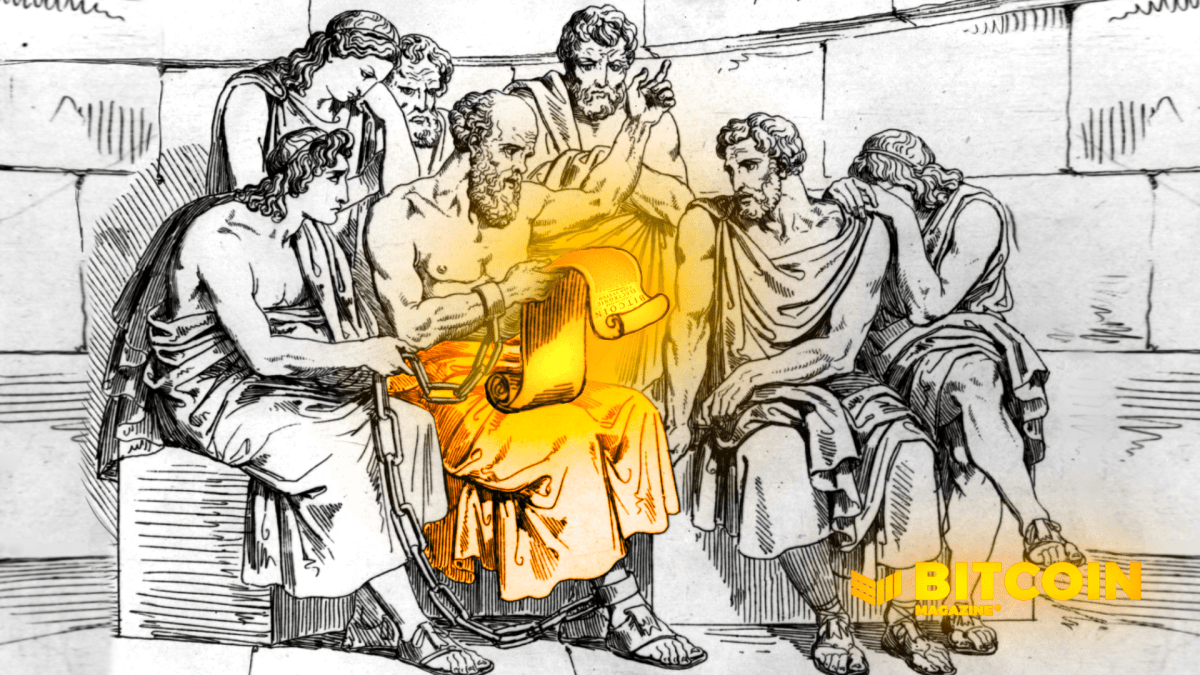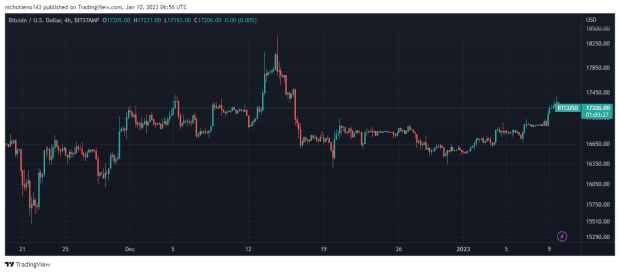Op Ed: Why Bitcoin Is Still the Most Valuable Cryptocurrency
How is it that the “first draft” of peer-to-peer digital cash — bitcoin — is still the most valuable of all cryptocurrencies?
Many digital currencies were invented with the purpose of improving upon the perceived shortcomings of bitcoin, such as transaction latency and high levels of energy consumption. Yet, the Bitcoin blockchain has never been hacked, and it remains the core of the crypto ecosystem. It is often the first currency crypto newbies buy when they set up a Coinbase account. Funds are raised and stored in bitcoin by blockchain-based startups. And bitcoin is habitually used as a “base currency” for trading cryptos on exchanges.
What has contributed to bitcoin’s uninterrupted reign as king of all cryptos? I’d like to make the case that it comes down to three essential factors: elegant design, the solving of a real problem and resilience.
Bitcoin’s Elegant Design
Darwin’s theory of evolution is frequently described as “elegant” by scientists because, when it comes down to it, the theory is a very simple explanation for the diversity of life. Bitcoin’s design reflects a similar elegance. It addresses the issue of inflation that plagued previous iterations of digital cash by appealing to the basic economic principle of supply and demand. The number of bitcoin that will ever be created is capped at ~21 million. This limited resource model has led many to characterize bitcoin as “digital gold.” The reference also alludes to the way in which new bitcoin are created — a process called mining, which factors into the second reason why bitcoin remains seated atop the crypto throne.
Bitcoin Solves a Real Problem
Bitcoin was not the first digital currency to be invented, but it was the first to successfully solve the double-spend problem. Before bitcoin there was eCash, Hashcash, Bit Gold and b-money, among others. These earlier attempts at digital money introduced the following concepts that formed the foundation for Bitcoin:
- Public key for encryption and a private key for decryption
- Hashing, or the creation of an anonymous string of numbers and letters to stand for a transaction via a proof-of-work algorithm
- Decentralized tracking of ownership by broadcasting transactions to a network of computers that all hold a copy of the same ledger
Problematically, none of the previous versions of internet money prevented “double spending,” where one user could send the same coin to two different users by executing the transactions simultaneously.
Legacy financial systems rely on banks as “trusted” third parties to verify transactions. However, banks often charge high fees for transfers (particularly cross-border transactions). Furthermore, if the 2008 financial crisis taught us anything, it’s that banks will always prioritize their own interests over those of their customers.
Bitcoin solves the double-spend problem by injecting transparency into the financial system. All transactions are verified by a majority of nodes in the decentralized network and recorded in chronological order with each transaction referencing the transaction proceeding it. When users can see every transaction that has ever occurred, an attempted double spend is immediately recognized as not matching those of the longest chain, and it is rejected. The only danger to the system is if a majority of nodes collude to accept an illegitimate version of the chain. Bitcoin’s built-in incentive model for miners is constructed to deter against such a 51 percent attack.
Miners are rewarded for performing the essential function of block creation with newly minted bitcoin and fees in bitcoin. If the network is compromised in any way, the bitcoin that miners earn in rewards would be devalued — a pretty clever mechanism for discouraging miners from undermining the network.
Bitcoin’s Resilience
The theories powering the Bitcoin network are elegant and brilliant, but more importantly they have been proven to work in practice. Some readers may remember the years when bitcoin was worth less than a dollar, followed by years of dramatic price fluctuations. There have been numerous hacks to exchanges with billions of dollars worth of bitcoin lost. Despite these tests, bitcoin is still the most widely used and valuable cryptocurrency. Even now, as the network faces new obstacles, it has proven its resilience time and time again.
Today, the biggest challenge may be the fact that bitcoin mining has become incredibly costly and energy consumptive. In a demonstration of adaptability, many mining operations are leaning into renewables to lower their energy costs and generate better ROI. Interestingly, bitcoin miners’ increasing use of renewable energy sources has made the Bitcoin industry a leader in sustainability and may even be influencing faster development of sustainable energy solutions for the entire planet.
Bitcoin Is Here to Stay
No doubt Bitcoin’s elegant design, the fact that it solves a real problem and its demonstrated resilience will ensure its longevity. However, beyond these factors, there is something more important happening. Unique among technologies, Bitcoin embodies a set of values in its very construction: transparency, privacy and the empowerment of individuals to control their own monetary destiny. It’s hard to measure how much these values matter as reason for Bitcoin’s success to date, but sometimes it is the immeasurable qualities that lead innovations to have the greatest impact.
This is a guest post by Cole Walton, co-founder and founding investor of Plouton Mining. Opinions expressed are entirely his own and do not necessarily reflect those of BTC Inc or Bitcoin Magazine.
The post Op Ed: Why Bitcoin Is Still the Most Valuable Cryptocurrency appeared first on Bitcoin Magazine.









